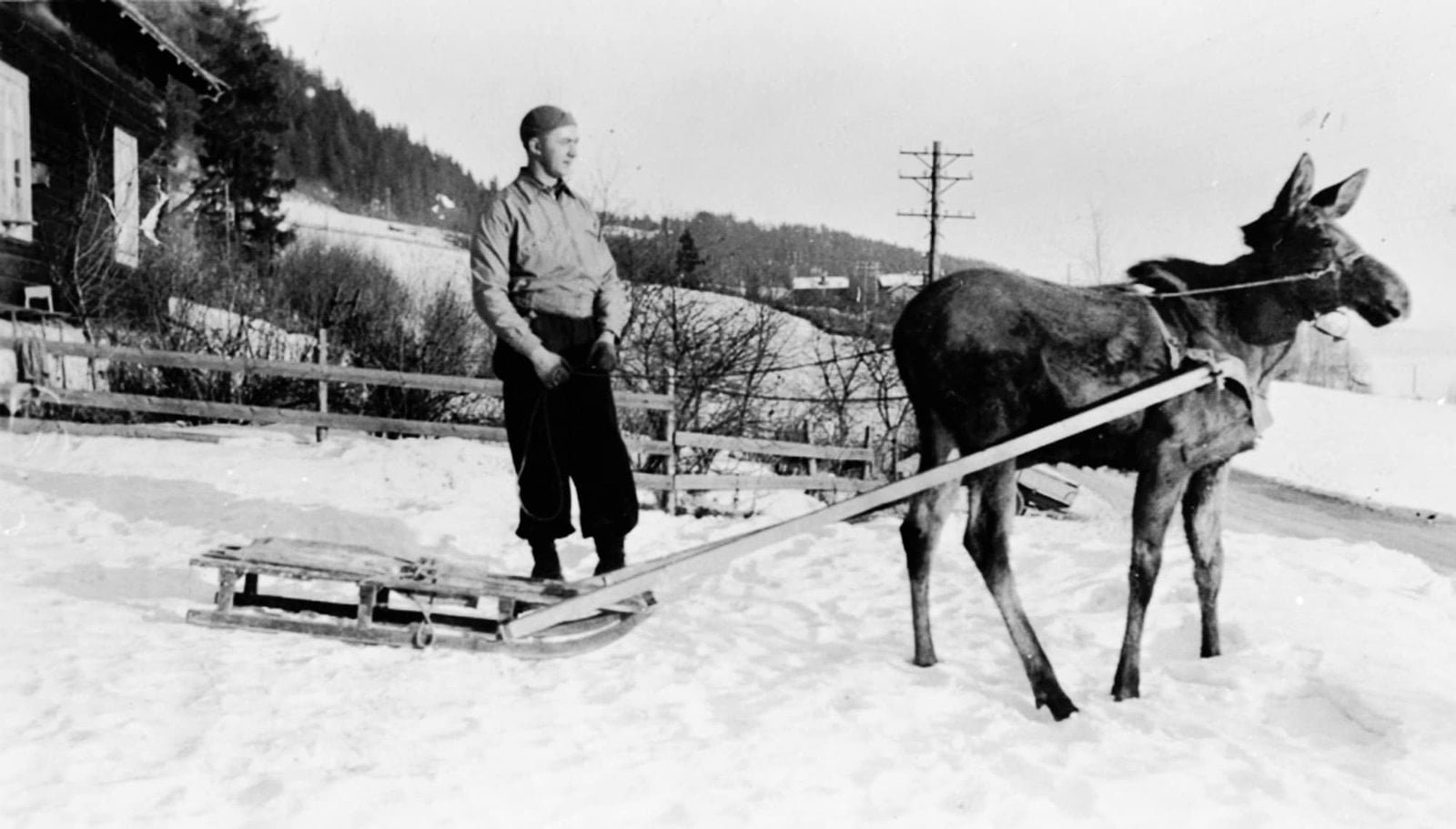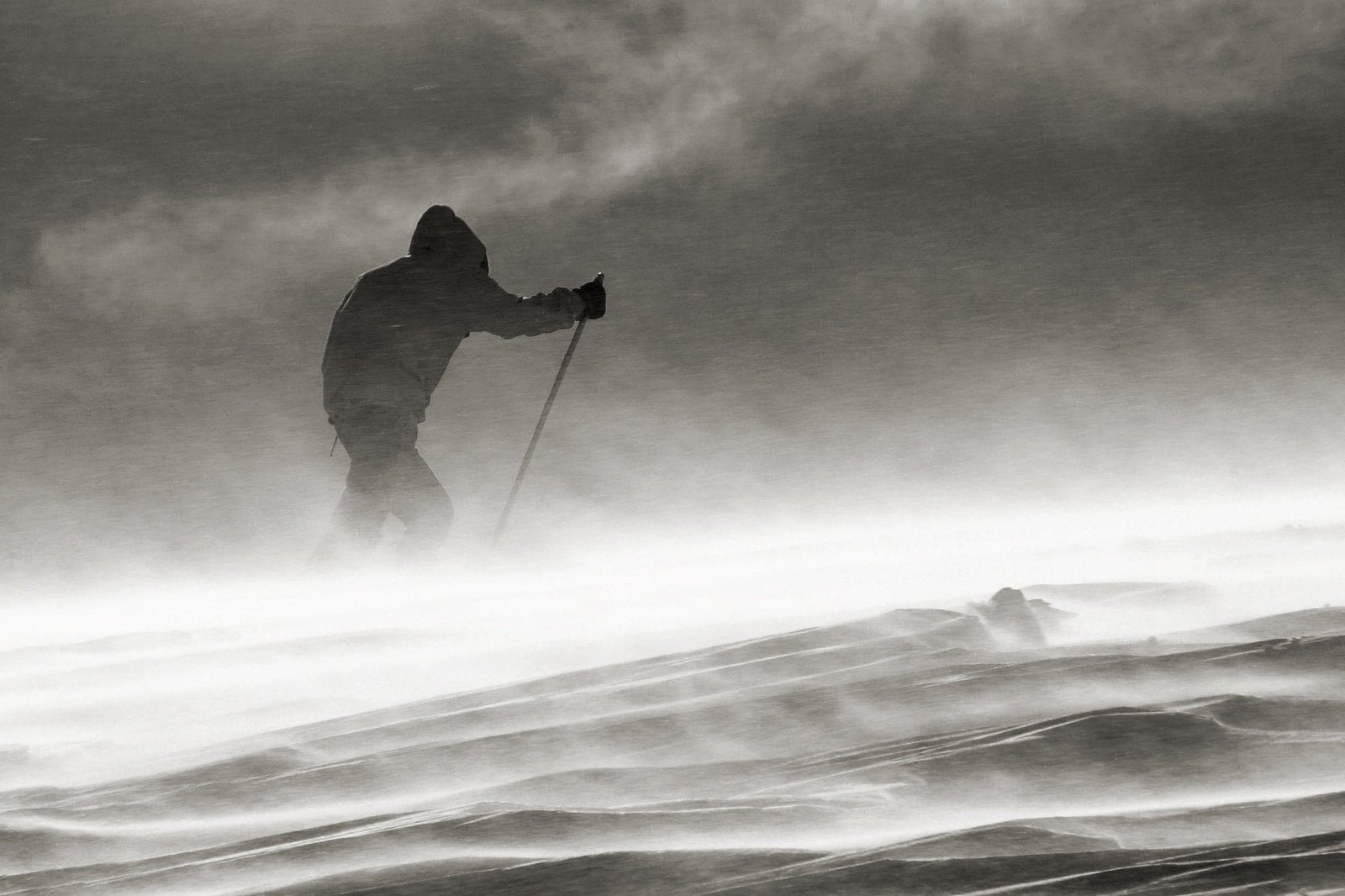The Norwegians have a rural soul
Today, over 80% of all Norwegians live in cities or urban areas. But as late as in 1946, almost 50% of the population still lived in rural communities.
For millennia, the Norwegians were hunters, fishers, gatherers, and farmers – settled on farms or in cottages scattered across their long-stretched country.
There is nothing more fascinating than to observe how a Norwegian dinner party’s atmosphere immediately shifts – when someone mentions their log cabin in the mountains.
The Norwegian word for cabin – hytte – works like a call from the ancestral clan, a signal for everyone to sit up straight and listen attentively – and immediately feel the longing.
Once a simple abode with a purpose
Historically, the Norwegian mountain, forest, or seaside cabins were simple and crude, with some beds, a fireplace, and possibly a table and some chairs.
Somewhere nearby was often a small outhouse – for the occasional freezing cold and not so odourless visit.
Prior to the age of leisure and self-realisation, the cabins had a purpose; they were a shelter for the night when:
- you crossed the mountains,
- you went fishing,
- you were making hay in a mountain or forest hayfield,
- you were gathering moss for the animals or peat for the fire,
- you went berry-picking in the late summer,
- you went mushrooming in the autumn,
- you were rounding up sheep or hunting in the autumn,
- you were cutting trees in the winter,
- and so much more.
Water and a crackling fire
The water you needed for your cabin stay came from a nearby creek or well, or you melted snow in a pot on the fire.
Your dinner was possibly a freshly caught trout from a river close by – with some melted butter and potatoes that you had brought with you in your rucksack.
No cup of coffee tastes as good as the one that you make after a long and demanding day in the mountains. And no bed is better to lie in than a makeshift cabin bunk, with the sound of a crackling fire lulling you to sleep.
Beware the word simple
Today, the Norwegian cabins are often a home away from home, with all the mod cons you can imagine.
However, if people ever invite you to stay at a Norwegian cabin – to be on the safe side – always be sure to ask whether the cabin is of the traditional or modern variety. If people say: it’s simple – then prepare for very simple.
Don’t forget your skis in the winter – and warm, wind, and waterproof clothes and boots all year round. And food and drink – and toilet paper.
And if you are afraid of mice, then you might want to reconsider going there at all.
EGP.00044











